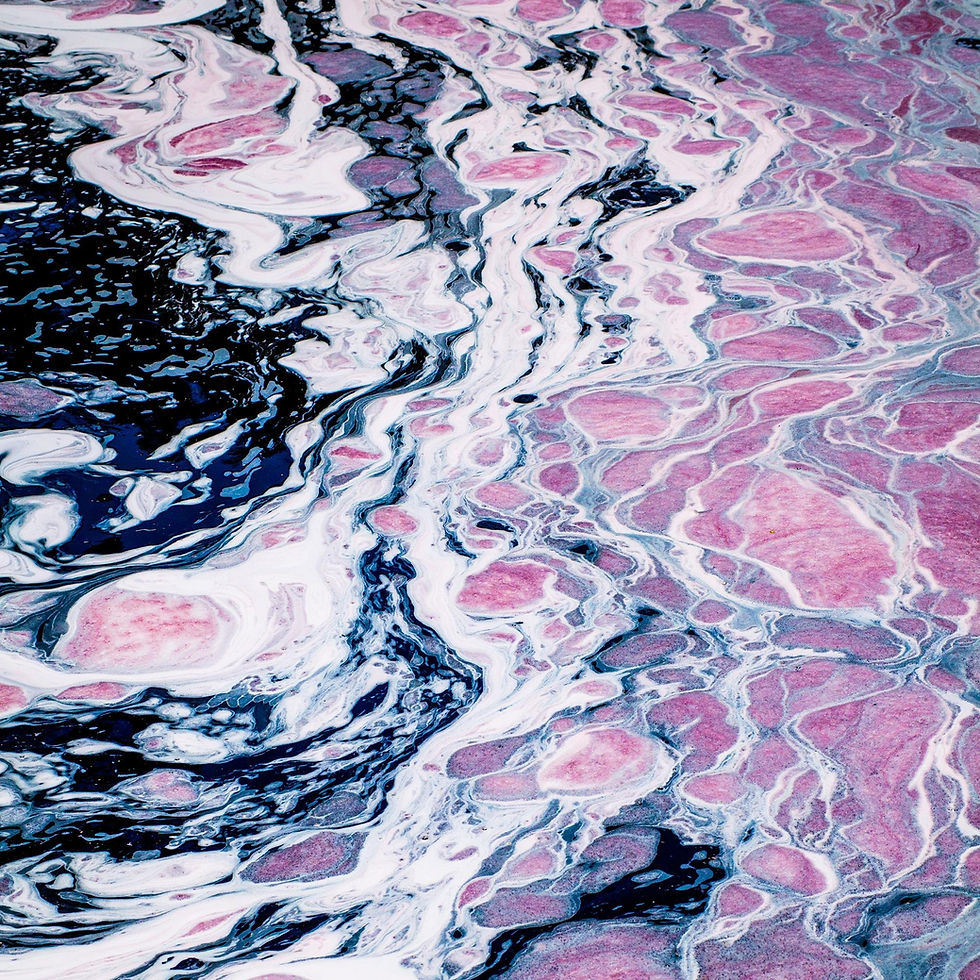Pollution
- Nidhi Shegokar
- Jun 5, 2023
- 1 min read
The ZDHC foundation's Klaas Nuttbohm made me consider the severity of water pollution and its extent. The Zero Discharge of Hazardous Chemicals initiative was launched by Greenpeace Detox Campaign in an effort to protect rivers and provide everyone with access to clean water.

I was curious about how people in other parts of the world manage with hazardous substances while working in subpar working circumstances after watching the suggested video River Blue. The effects of globalisation are most severe in nations like China, Bangladesh, India, and Indonesia. Due to factory closures caused by water scarcity in the western part of the planet, there is an imbalance between supply and demand. People in the area relied on the untreated water left in the canals and rivers of third-world countries, which caused serious health problems. Capitalism and negligence caused suffering and issues that were then transferred to developing nations.
Finding the answer to why governments of these countries are still tolerant to this I came across an article “The high cost of India’s cheap garment exports” which emphasises on the water stress in India and 50% population deprived of clean water. It also mentions the reason the government turned a blind eye to these factories is that India needs the jobs and as the garment industry is labour intensive it generates substantial employment.
The policymakers face pressure to be lenient on creation and enforcement of environmental laws, this sector being largely unorganised adds to the pressure. The governments of these nations still have a chance to recover since their climate goals would be more effective since they would be centred on people rather than being driven by capitalism.



Comments